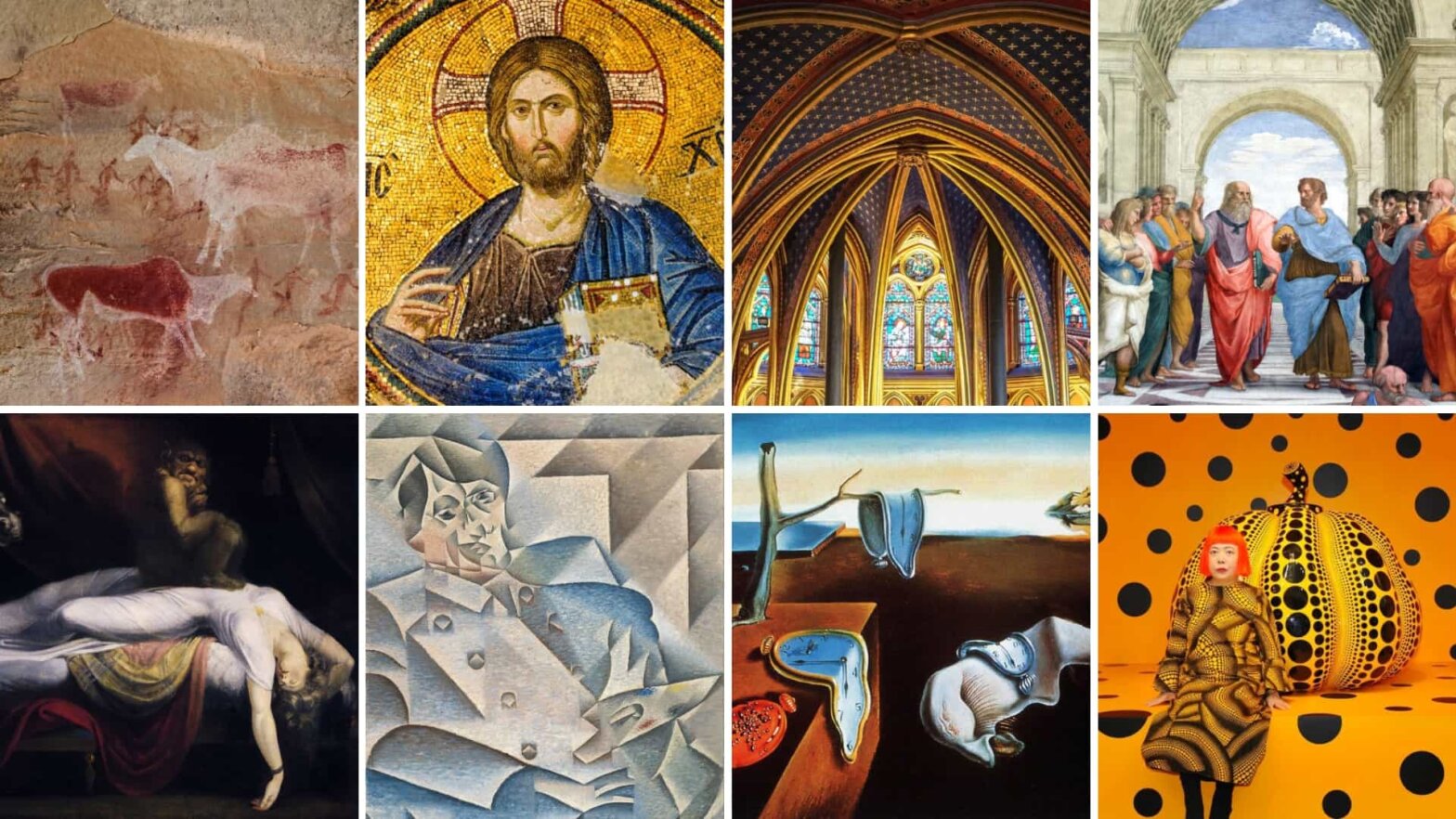
Fried thinks conceptual and minimal artists offer audiences theatricalized experiences, unfolding for every particular person in time without the potential of a shared moment of aesthetic judgment. For Fried, it isn’t possible to arrive on the unity of an aesthetic experience simply by the exploration of material circumstances in themselves, reduce unfastened from any artistic problematic or purpose. In contrast, modernist artists dedicated to the standard art types are interested in discovering the material situations for experiences that demand aesthetic judgment. The modernist fear, articulated by Fried and Cavell, is that the likelihood for genuine experiences of art are misplaced when the questions of artistic medium not arise in relation to an existing art form and its traditions. Substituting theatricalized experiences for severe creative experiences will mean that folks now not have experiences which are each aesthetic and ascetic.

Postmodern critics and artists within the Nineteen Seventies and after developed new approaches to the history of traditional art varieties. Rosalind Krauss in “The Originality of the Avant-Garde” argues that modernists and avant-garde artists think about that they make themselves the brand new origin of the art form as they constantly uncover its important conditions. Such modernist artists continually rediscover a few outstanding automatisms, forms Art & Media of repetition, as if they have been the essence of portray and their discovery have been an act of creative originality. Krauss argues that quite than discover the important materials situations of the art, modernist artists returned again and again to a basic type of repetition activated all through the history of painting; namely, the grid.
